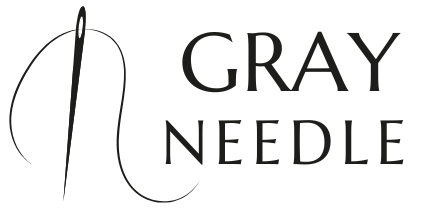Sewing machines, like any other mechanical devices, can encounter a variety of issues that may hinder their performance. Understanding these problems is key to effective sewing machine troubleshooting. Here are some of the most common issues that sewists face:
- Thread Bunching: Often caused by incorrect threading or a dirty bobbin case, thread bunching can lead to frustration and ruined projects.
- Needle Breakage: Using the wrong needle for your fabric type or sewing too quickly can cause needle breakage. It’s essential to match your needle size and type with your project.
- Skipped Stitches: This issue can arise from a dull needle, improper tension settings, or using the wrong thread. Ensuring your needle is sharp and correctly installed is crucial.
- Fabric Not Feeding: If the fabric does not feed through the machine, check the feed dogs to ensure they are raised and functioning. Sometimes, a simple adjustment is all that’s needed.
By familiarizing yourself with these common sewing machine problems, you can quickly identify and resolve issues, allowing your sewing projects to continue smoothly. Remember, a well-maintained machine is your best friend in the sewing journey. Visit our website to learn more and get started today! Click here.
Essential Tools for Sewing Machine Troubleshooting
Having the right tools at your disposal is essential for effective sewing machine troubleshooting. These tools will not only help you diagnose problems but also enable you to make quick fixes and maintain your machine’s performance over time. Here’s a list of essential tools every sewist should have:
- Seam Ripper: A must-have for correcting mistakes and removing stitches without damaging your fabric.
- Screwdriver Set: Used for adjusting or replacing parts on your sewing machine, a variety of screwdrivers in different sizes is essential.
- Cleaning Brush: A small brush helps in removing lint and dust from the machine, particularly around the bobbin case and feed dogs.
- Oiling Kit: Keeping your machine well-oiled ensures smooth operation. Look for a kit that includes the appropriate oil and application tools.
- Needles and Thread: Stocking a variety of needle sizes and types, as well as different thread weights, will prepare you for any project and help address issues like skipped stitches.
Equipping yourself with these tools not only helps in troubleshooting but also enhances your sewing experience. A proactive approach to machine maintenance can significantly reduce the likelihood of encountering problems in the first place.
Step-by-Step Guide to Fixing Thread Issues
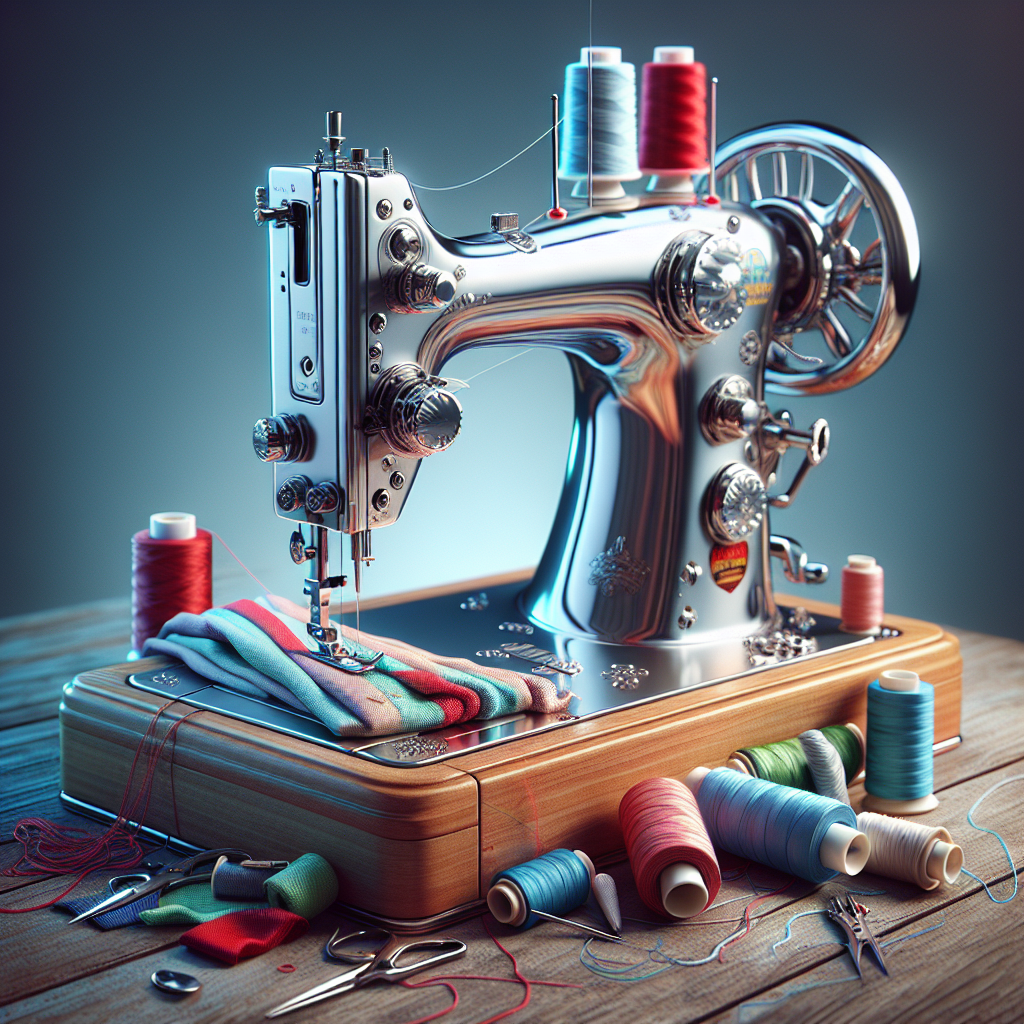
Thread issues are among the most common problems sewists encounter, and knowing how to resolve them is key to successful sewing machine troubleshooting. Follow this step-by-step guide to effectively troubleshoot and fix thread-related issues:
- Check the Threading: Ensure the machine is threaded correctly. Refer to your machine’s manual for proper threading instructions. Incorrect threading can lead to tangles and breakage.
- Inspect the Bobbin: Remove the bobbin and check for any tangles or knots. Ensure that the bobbin is wound evenly and inserted correctly into the bobbin case.
- Examine the Needle: A bent or dull needle can cause thread issues. Replace the needle if it shows any signs of damage, ensuring it is the correct type for your fabric.
- Adjust Tension Settings: Thread tension can greatly affect your sewing. If the stitches are too tight or too loose, adjust the tension dial slightly and test on scrap fabric.
- Use Quality Thread: Subpar thread can cause frequent breakage. Invest in good-quality thread that matches your project’s needs to avoid issues.
By following these steps, you can quickly address thread issues and keep your sewing projects moving smoothly. Regular maintenance and attention to detail will help you avoid these common pitfalls in the future.
How to Resolve Stitching Problems Quickly
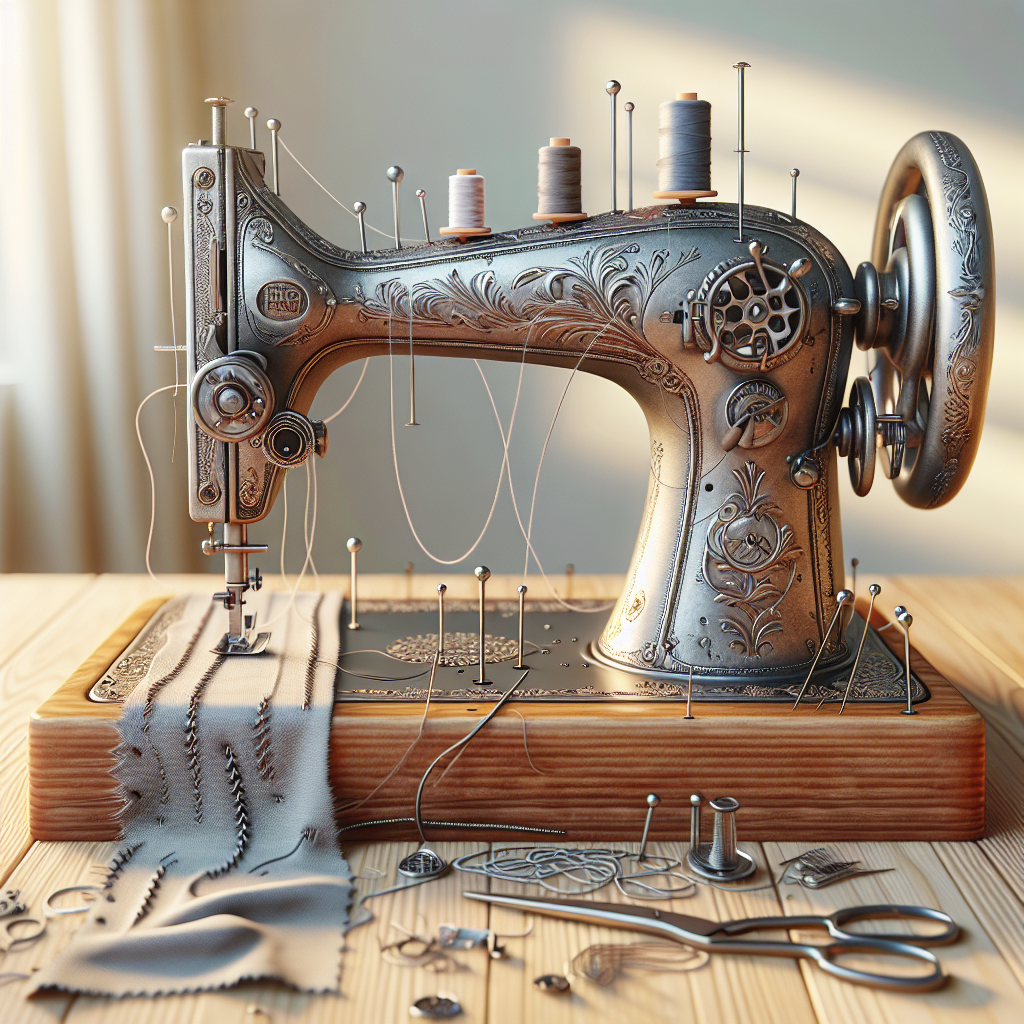
Stitching problems can be frustrating, but with a little know-how, you can resolve them quickly and effectively. Here’s how to tackle common stitching issues:
- Identify the Problem: Begin by observing the nature of the problem. Are the stitches skipping, uneven, or too loose? Knowing the specific issue will guide your troubleshooting.
- Check the Needle: Ensure that you are using the right needle for your fabric type. A needle that is too thick or too fine can cause various stitching problems. Replace it if necessary.
- Inspect the Tension: Incorrect tension settings can lead to stitching issues. If the stitches appear too tight, loosen the top tension. Conversely, if they are too loose, increase the tension slightly.
- Clean the Machine: Dust and lint can accumulate in your sewing machine, affecting performance. Regularly clean the machine, especially around the feed dogs and bobbin area, to ensure smooth operation.
- Test on Scrap Fabric: Before diving into your main project, always test your settings on a scrap piece of fabric. This will allow you to make adjustments without risking your main fabric.
By using these quick fixes, you can resolve stitching problems efficiently, allowing you to focus on what you love most—creating beautiful sewing projects!
Preventive Maintenance Tips for Sewing Machines
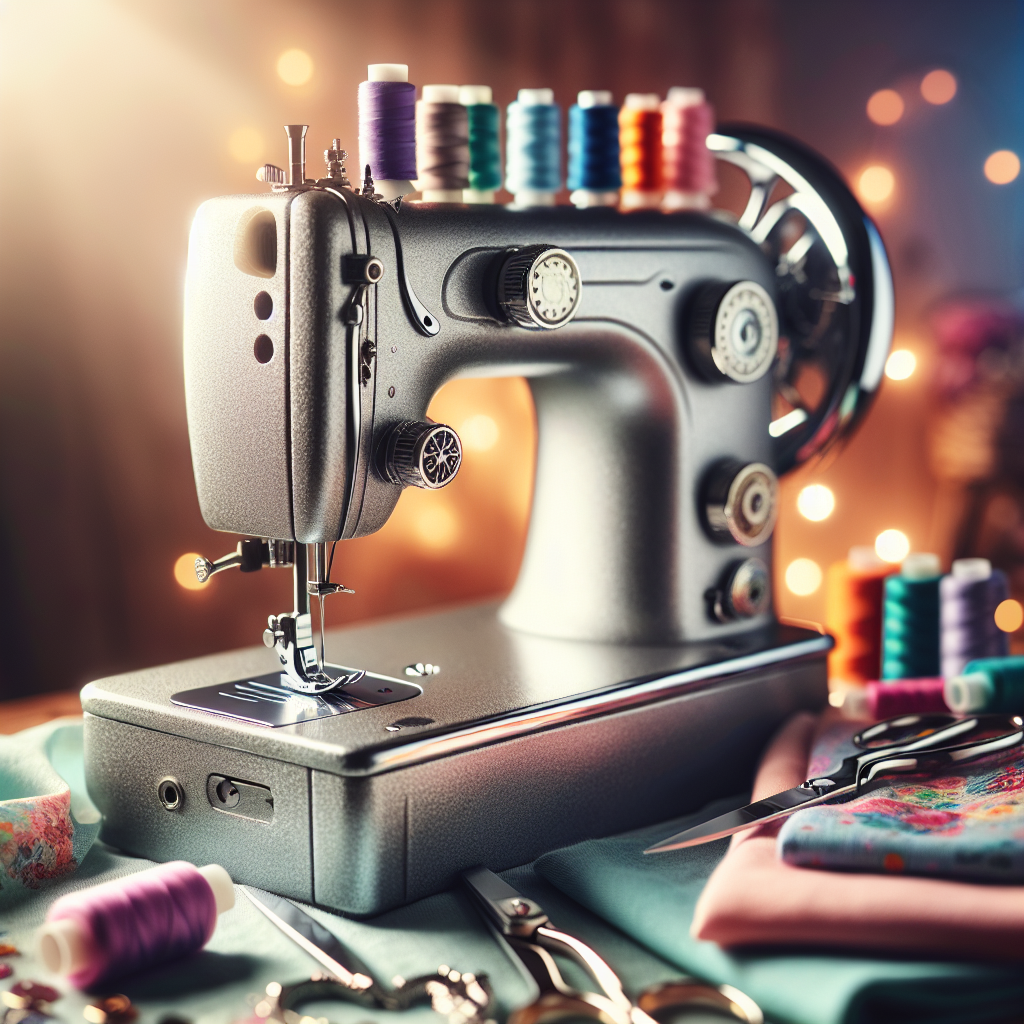
Preventive maintenance is essential to keep your sewing machine running smoothly and extend its lifespan. By following these simple tips, you can prevent many common issues and ensure optimal performance:
- Regular Cleaning: After each sewing session, take a few minutes to clean your machine. Remove dust and lint from the bobbin area, feed dogs, and tension discs. Use a small brush or vacuum designed for sewing machines.
- Oiling: Refer to your machine’s manual to determine the correct oiling points and frequency. Generally, oiling your machine every few months helps keep moving parts lubricated and functioning properly.
- Check the Cords and Connections: Inspect your power cord and foot pedal for any signs of wear or damage. Ensure that all connections are secure, as loose connections can lead to electrical issues.
- Store Properly: When not in use, cover your sewing machine to protect it from dust and debris. If you’re storing it for an extended period, consider removing the needle and unplugging it for safety.
- Schedule Professional Servicing: Even with regular maintenance, it’s a good idea to have your sewing machine professionally serviced annually. A technician can perform a thorough cleaning and check for any potential issues before they become serious problems.
Implementing these preventive maintenance tips will help you avoid costly repairs and ensure your sewing machine is always ready for your next project!
When to Seek Professional Sewing Machine Repair
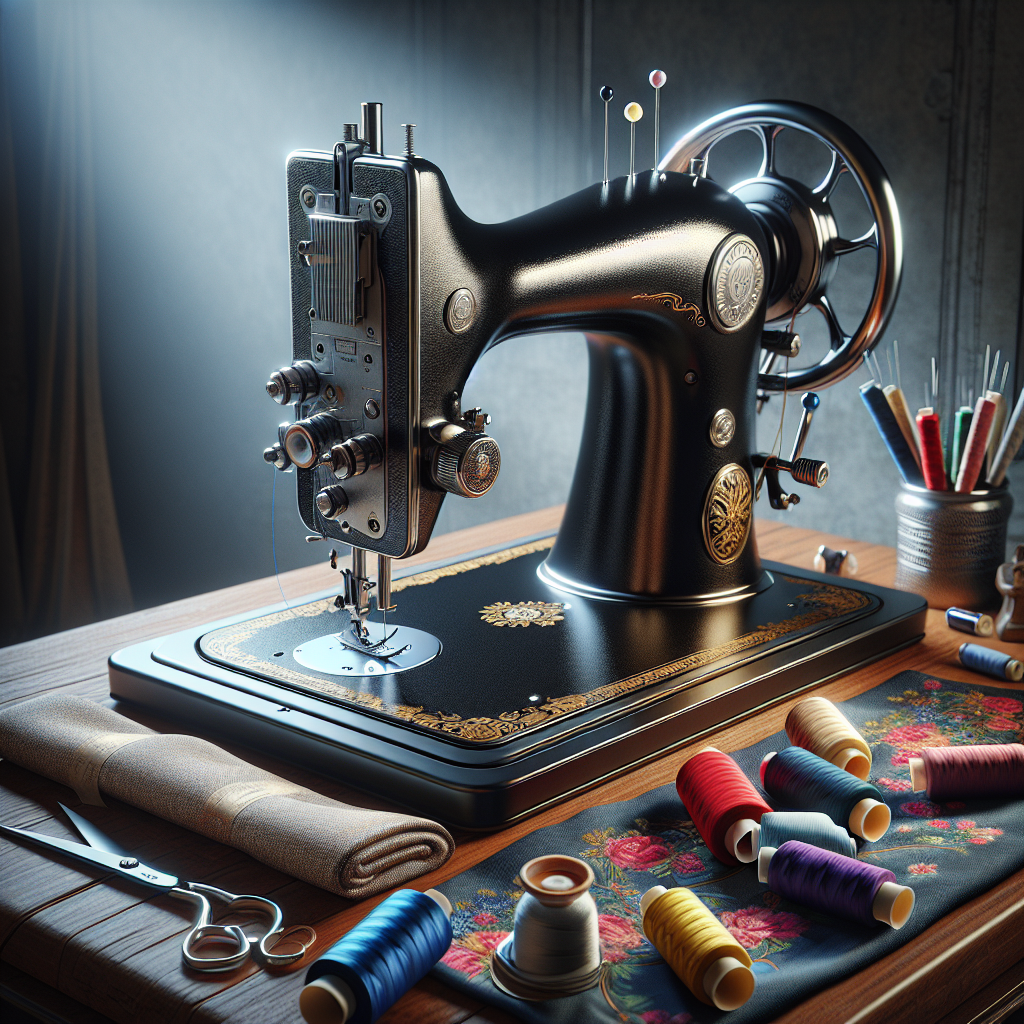
While many sewing machine issues can be resolved with basic troubleshooting, there are times when seeking professional help is essential. Here are some indicators that it’s time to consult a technician:
- Persistent Problems: If you’ve followed all the troubleshooting steps and your sewing machine continues to malfunction, it may indicate a deeper issue that requires professional assessment.
- Unusual Noises: Strange sounds such as grinding, clunking, or high-pitched whirring can signify mechanical problems. These noises often require expert diagnosis and repair.
- Electrical Issues: If your machine won’t turn on, frequently shuts off, or has inconsistent power, it’s critical to seek help from a qualified technician, as electrical problems can be complex and potentially hazardous.
- Physical Damage: Any visible damage, such as broken parts or worn-out components, warrants a professional evaluation. Attempting to fix these issues yourself can lead to further damage.
- Age of the Machine: Older sewing machines may require more frequent repairs. If your vintage machine is showing signs of wear, a professional can help restore it to working condition.
Don’t hesitate to reach out for help when needed; your sewing projects depend on the reliability of your machine!
Visit our website to learn more and get started today! Click here.
